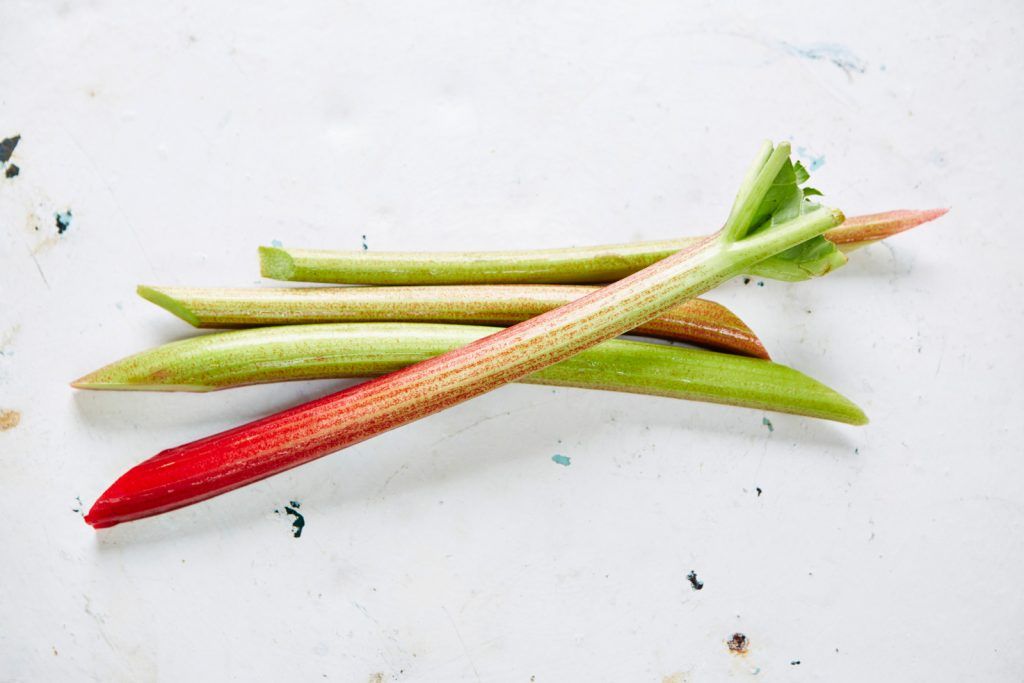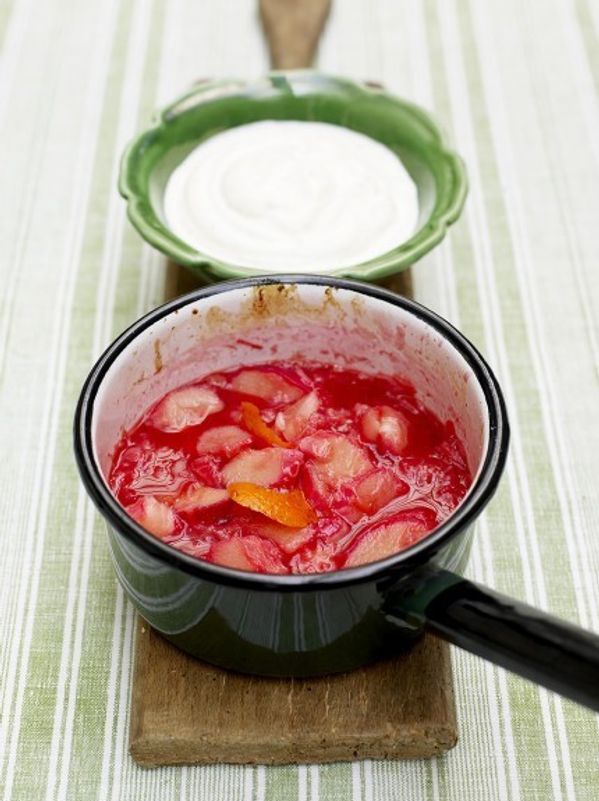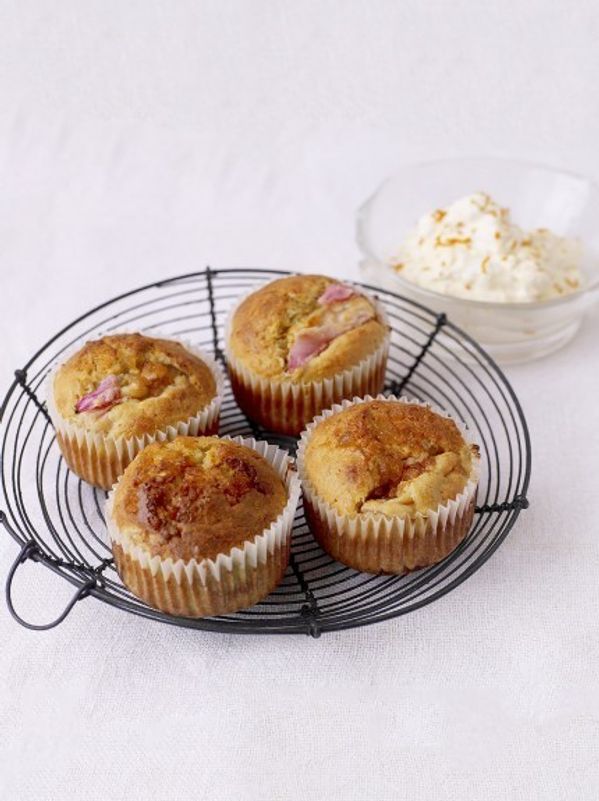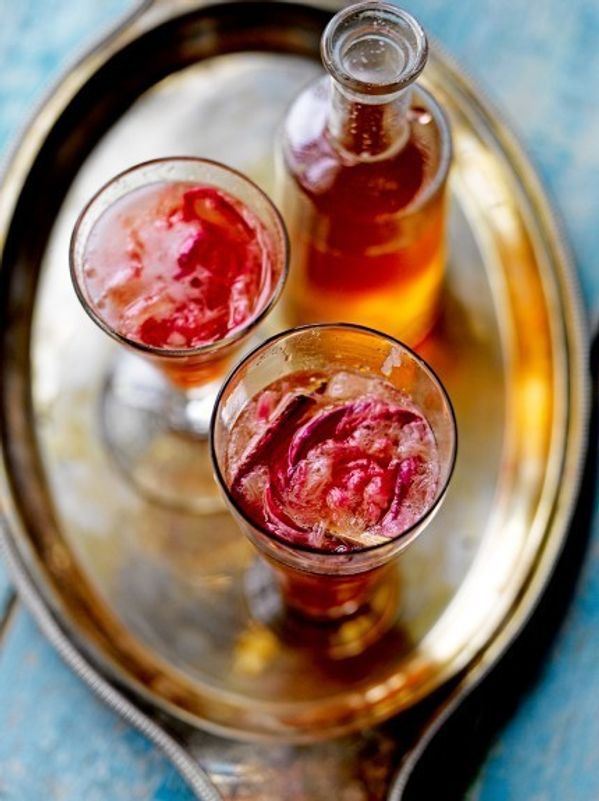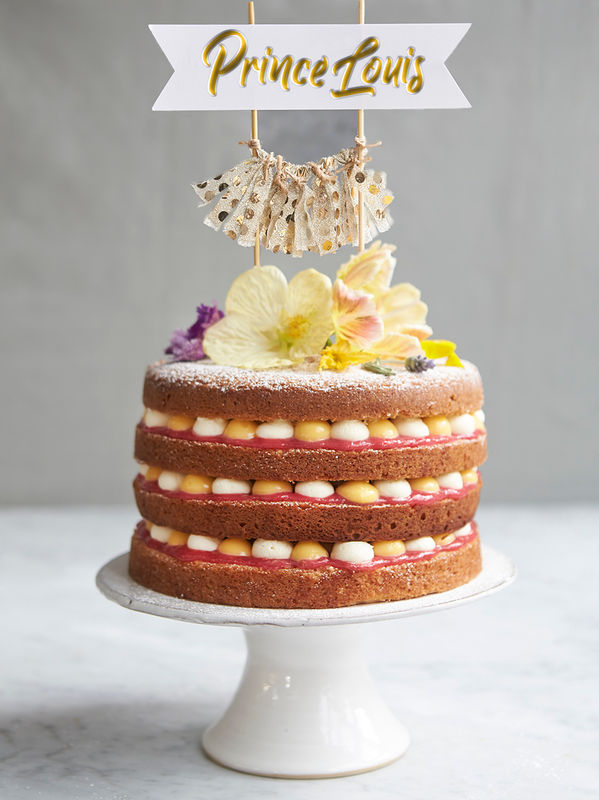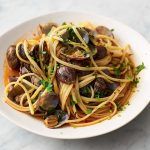Rhubarb has an amazing flavour spectrum – it’s sour and acidic, but when balanced with sweetness, it’s tart and refreshing all at once.
Delicious in both sweet and savoury dishes, rhubarb is also a nutritious source of potassium, helping to keep our blood pressure healthy and our muscles functioning properly.
There are two different types of rhubarb: forced and naturally grown. Forced rhubarb is brighter pink in colour, has delicious spindly shoots and is much more tender, with less stringiness. It also holds its shape better when cooked. And, of course, by forcing it to grow, you get to enjoy rhubarb about six to eight weeks before the natural season’s crop.
While it’s in season, pick up a glut. Look for firm stems and remember to remove any inedible leaves, then keep a roasted batch in your fridge at all times. It’s great for making quick desserts like crumble or simply served with yoghurt or custard. Here are some of our favourite ways with lovely rhubarb.
It only takes five minutes to stew up some rhubarb, so it’s great to serve as a dessert, stirred into cold Greek yoghurt with lovely toasted mixed nuts sprinkled over the top, or for a Sunday breakfast, spooned on top of pancakes with a drizzle of honey.
Rhubarb and sweet stem ginger is a winning combo, and these tasty little muffins make for a great teatime treat.
For a British seasonal twist on the classic peach bellini, stew rhubarb with a little sugar, then serve topped up with Prosecco. Refreshing with a delicious tang.
This is a classic friendship and genius combination – rippled together in ice cream, a celebratory cake or served simply as a bowl of hot stewed rhubarb and custard, it’s an old comforting favourite.
Feeling inspired? Check out our Vegepedia – it’s all about the wonderful world of veg, and we’ve packed it with tips, recipes and nutrition to get you started.
